Destination guide for Budapest Heroes’ Square.
History
Heroes’ Square is a highly symbolic site in Budapest that represents the founding of Hungary and its history. In 1895, Hungarians decided to erect a monument to commemorate the one-thousandth anniversary of the victory of the Magyar tribes over the Carpathians, which is the event that led to the founding of the Hungarian state. The seven Magyar tribal chieftains who contributed to this victory are memorialized in statues surrounding a pillar topped by the Archangel Gabriel. Behind the pillar stand two colonnades, each with seven statues representing some of Hungary’s greatest rulers and statesmen, including King Stephen.
Heroes’ Square was designated a UNESCO World Heritage Site in 2002.
Visiting Heroes’ Square
My visit to Heroes’ Square was part of the Rick Steves’ Best of Prague and Budapest tour itinerary. I appreciated visiting this site as part of an organized tour, as having a guide provided valuable insight into the site’s significance. Our tour was led by George Farkas, a local guide, who did a masterful job of sharing Hungary’s history and bringing it to life as we walked around the square. This is one of those sites where having a guide or reading about it beforehand really enhances your visit.
Whether you’re spending one day or a week in Budapest, Heroes’ Square is a must-see site due to its historical significance. A visit takes around 20 to 25 minutes, and afterwards, you can take a stroll at Városliget (City Park), which is right next to the square, or take a dip at the world-renowned Széchenyi Thermal Baths, which are about a 10-minute walk away.
Heroes’ Square is located at the eastern end of Andrássy Ut and can easily be reached via public transportation. The Hősök Tere metro station (line 1) is located across the street from the square, and there are a few bus and tram stops within walking distance.
There is no admission cost associated with visiting Heroes’ Square, and the site is accessible.
Travel Tip
Next to Heroes’ Square is the Museum of Fine Arts, which features exhibits displaying items from the ancient Greek, Roman, and Egyptian civilizations, along with European artwork from 1250 to 1800. The museum is also home to the impressive Romanian Hall. I was interested in visiting this museum, but unfortunately, I did not have the time.

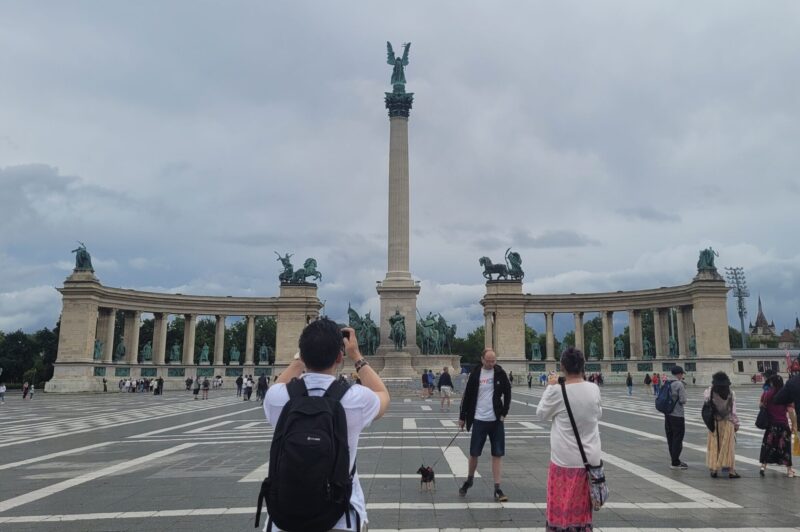
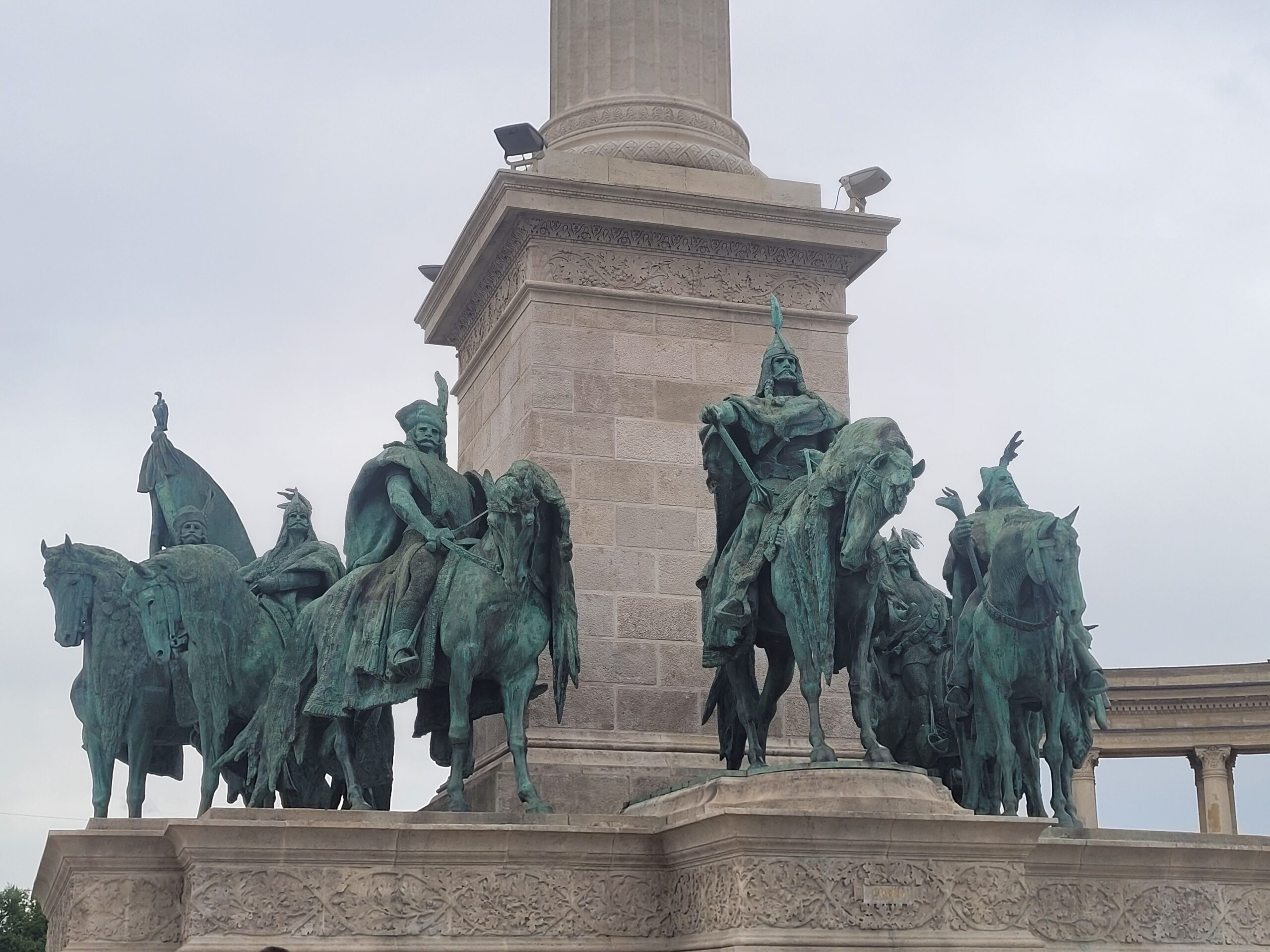
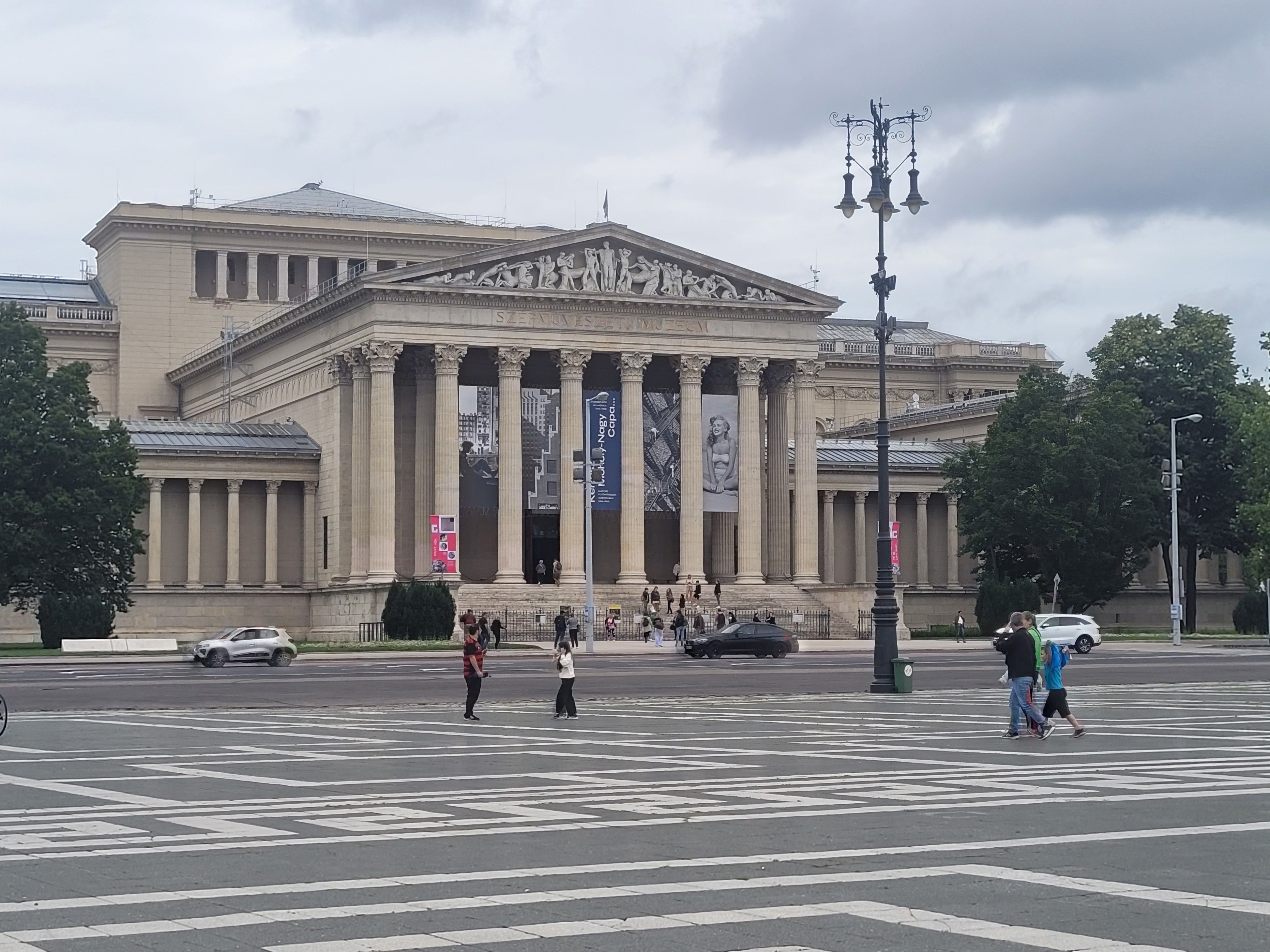
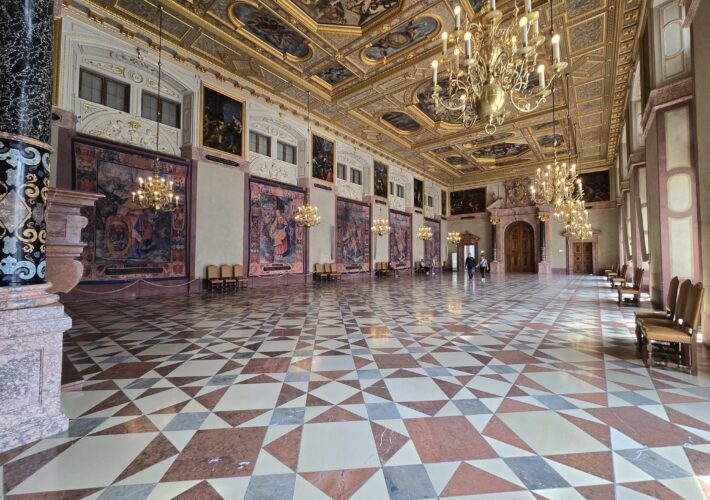
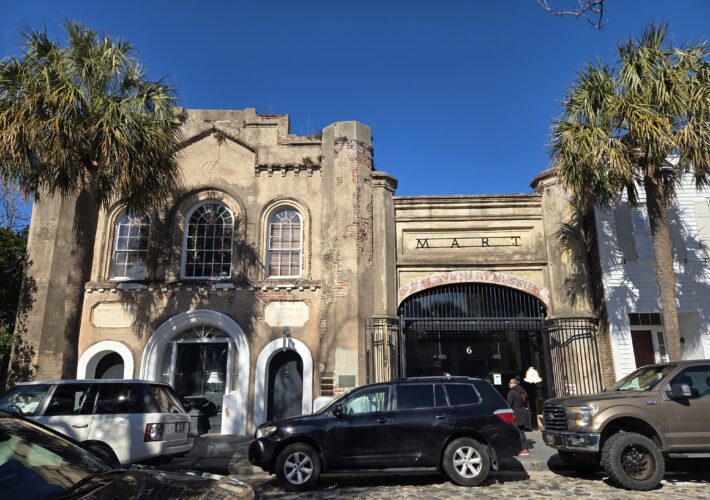
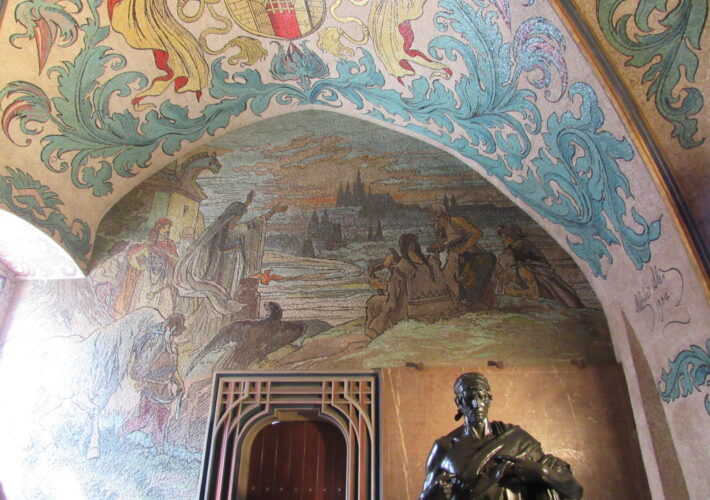


Leave a Comment